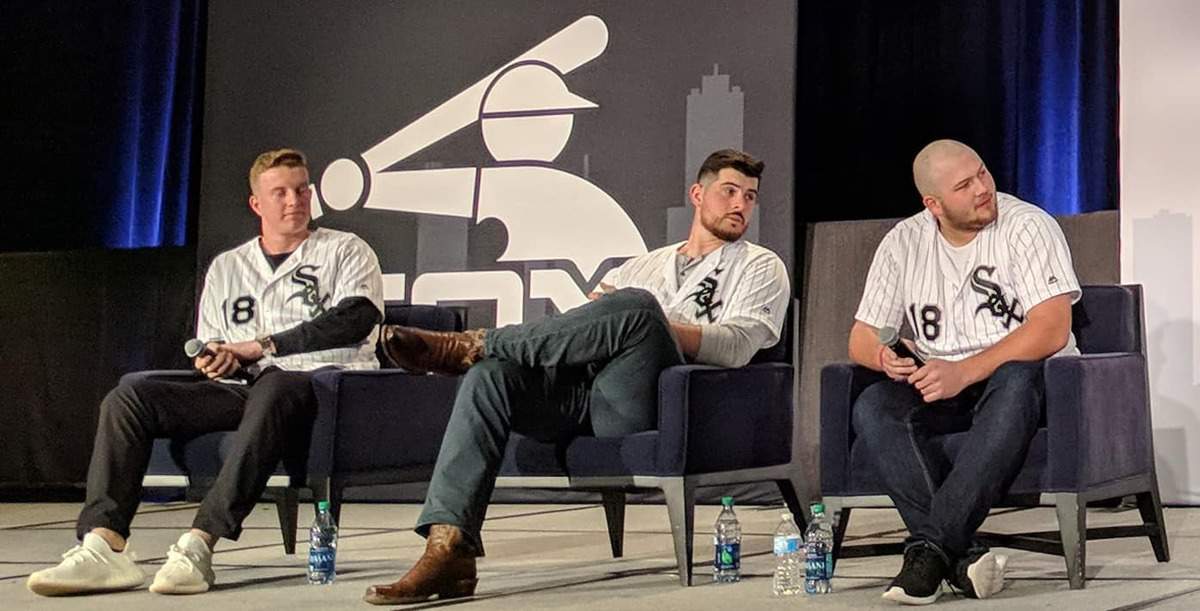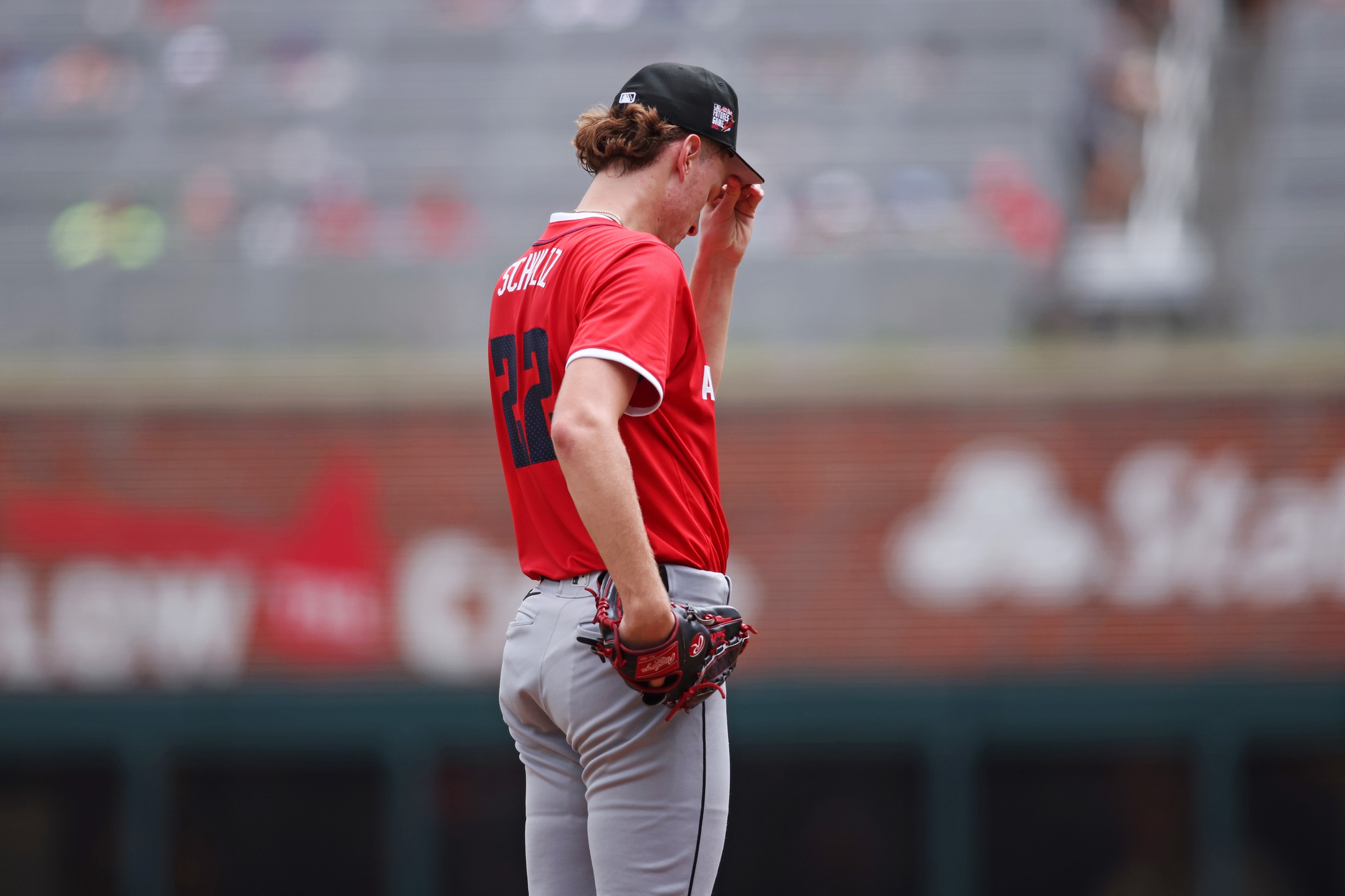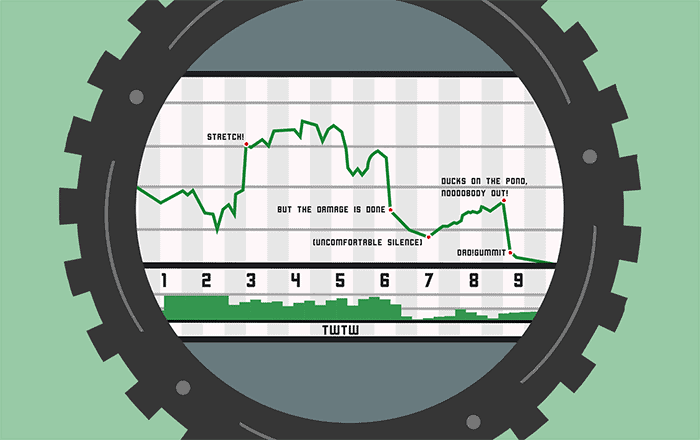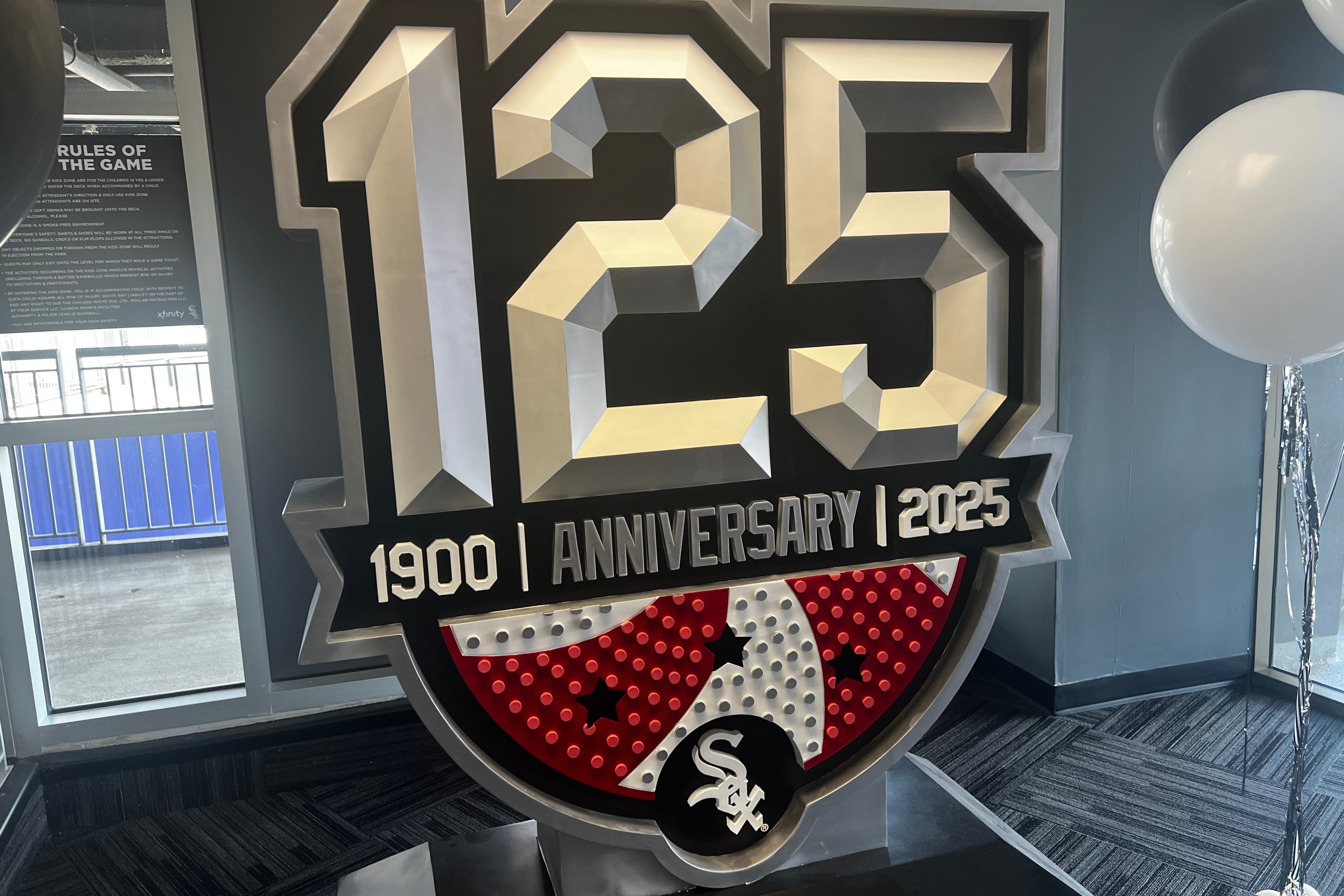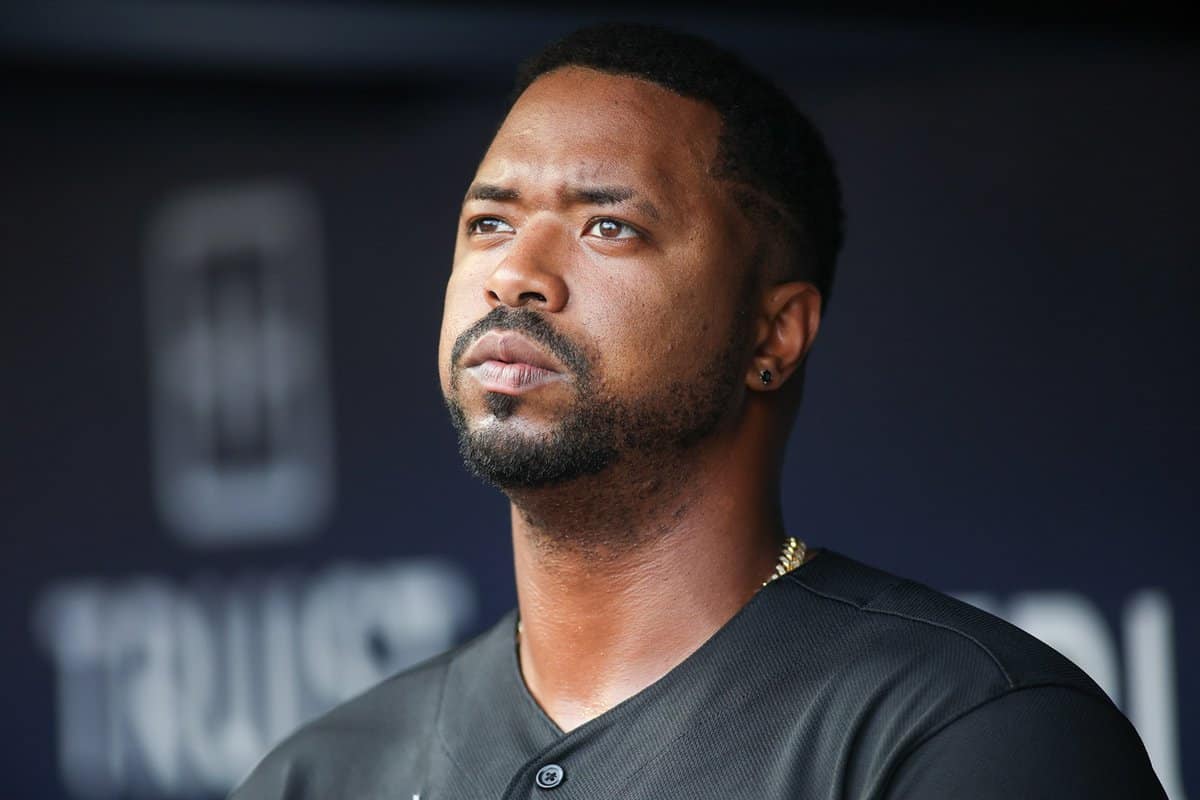Chris Sale isn't shaped like the Kool-Aid Man, but he knocked down a wall just the same.
Before Sale came along, the White Sox wandered the desert for 20 years in the first round of the draft. The picks from 1991 (Scott Ruffcorn) to 2009 (Jared Mitchell) combined for 6.5 WAR over the entirety of their professional careers, and just about all of it is attributable to Kip Wells' career after the Todd Ritchie trade.
The Sale pick doesn't quite make up for lost time, but you have to credit the Sox with maximizing the return. Eight years after the draft, Sale has been the most productive MLB player in a loaded first round:
- Chris Sale, 43.1 WAR (13th overall)
- Manny Machado, 33.8 WAR (3)
- Bryce Harper, 27.4 WAR (1)
- Christian Yelich, 26.2 WAR (23)
- Yasmani Grandal, 13.2 WAR (12)
(This might surprise you, but if you extend it beyond the first round, Sale is still first, but second-rounder Andrelton Simmons slides into second with 34.9 WAR, and ninth-rounder Jacob deGrom is two-tenths behind Harper.)
The Sox are still searching for a true encore for Sale, but they're at least initially safe from a similar drought. Tim Anderson (2013) and Carlos Rodon (2014) did enough this past season to clear the Gordon Beckham Bar, which could end up being a pretty handy line of demarcation between stalled and productive careers.
Here's what the White Sox leaderboard now looks like among their first-round picks:
- Sale, 43.1 WAR (2010)
- Wells, 8.0 WAR (1998)
- Rodon, 6.6 WAR (2014)
- Anderson, 6.2 WAR (2013)
- Beckham, 6.1 WAR (2008)
In theory, there isn't a detectable difference between the WAR totals of Wells and Beckham, but Wells signed multiple major-league contracts as a free agent, whereas Beckham only landed one*, so that gives their careers a different feel.
(*The first one with the White Sox doesn't count.)
Rodon and Anderson still have work remaining to put distance between them and Beckham, but even middling returns over the rest of their careers should create plenty of separation from the "bust" label.
That said, the White Sox have to be wary of another potential outage. Although the shift to polished college players was lauded at the time by people traumatized by Courtney Hawkins, the transition from Doug Laumann to Nick Hostetler hasn't yielded much in the way of clear contributors:
Carson Fulmer (2015): The pick between Andrew Benintendi and Ian Happ -- and also the last official first-round pick of Laumann's -- has to dig himself out of a hole thanks to a 6.68 career ERA over 24 MLB games. Walker Buehler aside, that was not a year to go with a pitcher in the first round. Fulmer is trying to reinvent himself as a reliever, and we'll see if Driveline can work any magic.
Zack Collins (2016): One of the draft class' most polished bats hasn't looked the part in the minors. The batting eye is as advertised, but the .232 career average over 274 minor-league games evenly divided between Winston-Salem and Birmingham makes it hard to call his approach playable, and he might not get to the majors as a catcher, either. In Collins' defense, that first round didn't produce much in the way of fast-trackers, with fan favorite Corey Ray running on a similar track.
Zack Burdi (2016): The Downers Grove Mustang was on the cusp of a call-up before tearing his UCL in 2017. He's pitching in the Arizona Fall League, but without his top velocity. His goal is to get everything back by February. Mild skepticism is warranted.
Jake Burger (2017): After a so-so pro debut during his draft year, Burger came into spring looking good and talking better. Then he ruptured his Achilles. And then he tore it again. If he's lucky, he'll have just 1½ seasons of missed development to overcome.
Nick Madrigal (2018): His first pro plate appearances wowed for the frequency of contact and little else, but after a long college season that included a wrist fracture, his slate is still clean. He just hasn't done anything to establish a clear trajectory.
That kind of lull in first-round success can stretch out a rebuild without an infusion of outside help, although the scouting director won't be the only one under pressure. After a year of injuries and setbacks that ravaged the top 10, just about everybody in player development -- directors, coaches, trainers, caterers -- has to take a hard look at what's happened.
Particular to this situation, this year's 100-loss season gives the White Sox one more good swing with the third-overall pick, and The Athletic's headline on James Fegan's story isn't wrong when calling it "the most important draft of the rebuild."
